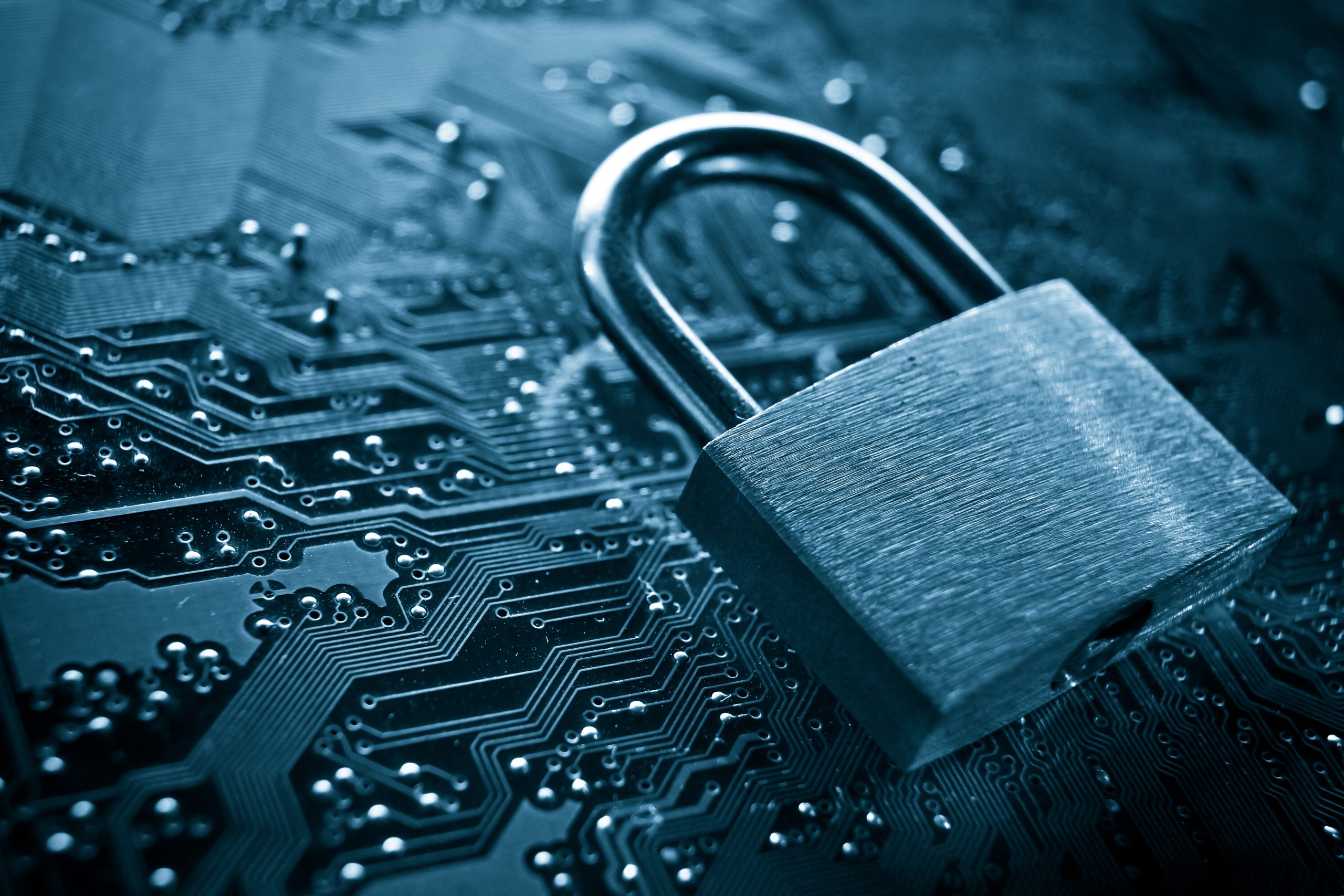
The Role of Blockchain in Healthcare Revenue Cycles
When you hear the term “blockchain”, the first thing that comes to mind might be the cryptocurrency, bitcoin. While it is certainly a buzzworthy topic, bitcoin isn’t the only use for this emerging technology. From transportation to banking and even healthcare, many industries are discovering the benefits of blockchain technology.
But what exactly is blockchain? A blockchain is a form of database where each new transaction is linked to others to create blocks. These blocks are shared across each part of the network so that every participant can see a list of records. They also have a special key, called a hash, that ensures that no records can be altered or tampered with. A majority of participants on the network must agree that the block is accurate, which ensures that the chain is secure.
Let’s take a look at how the blockchain can revolutionize the healthcare industry, specifically revenue cycle management. Blockchain’s unique combination of transparency and security makes it perfectly suited to disrupt how patients and providers interact with each other, and there are three main ways it could do this:
- Reducing Manual Processing and Paper Communication
A main benefit of blockchain is that it provides secure communication between multiple parties. In a healthcare environment, insurers could have their updated billing codes on the blockchain, eliminating the need to go back and forth between providers and insurers. Smart contracts using the blockchain’s distributed ledger database could eliminate the need for faxing, phone calls or manually searching data, with updates being noted and viewable by each party. With contracts on the blockchain, machine learning decisions can process claims faster and extend credit in real time.
- Approving Procedures in Real Time
This brings us to the delivery end. As noted above, blockchain’s distributed ledger technology can create smart contracts accessible to all the necessary parties. The provider would be able to explain a procedure to a patient and provide information on copays and out of pocket expenses with the patient in real time. Patients can store their medical records in a distributed ledger and give providers and insurers access, allowing for better care and a quicker approval process from the insurers. This reduces manual processes and paper communication. Since you can’t change data without leaving a trace, this improves its security. Patients can also use the blockchain to obtain immediate authorization, schedule appointments and share benefits information.
- Improving Reimbursement Speed from Insurers to Providers
Lastly, the blockchain could speed up the payment process from insurer to provider. Housing codes on the distributed ledger could help eliminate errors in medical billing. By giving insurers the ability to provide clear and accurate data on costs up front, the billing becomes more automatic. The smart contract could be approved by the patient and insurer, the care would be performed, and the contract updated for payment once complete.
We’ve only begun to scratch the surface of what is possible on the blockchain in healthcare using the distributed ledger. Progress is being made every day towards increasing the ease of healthcare payments for everyone involved. What trends in healthcare are you hoping to see with blockchain?



